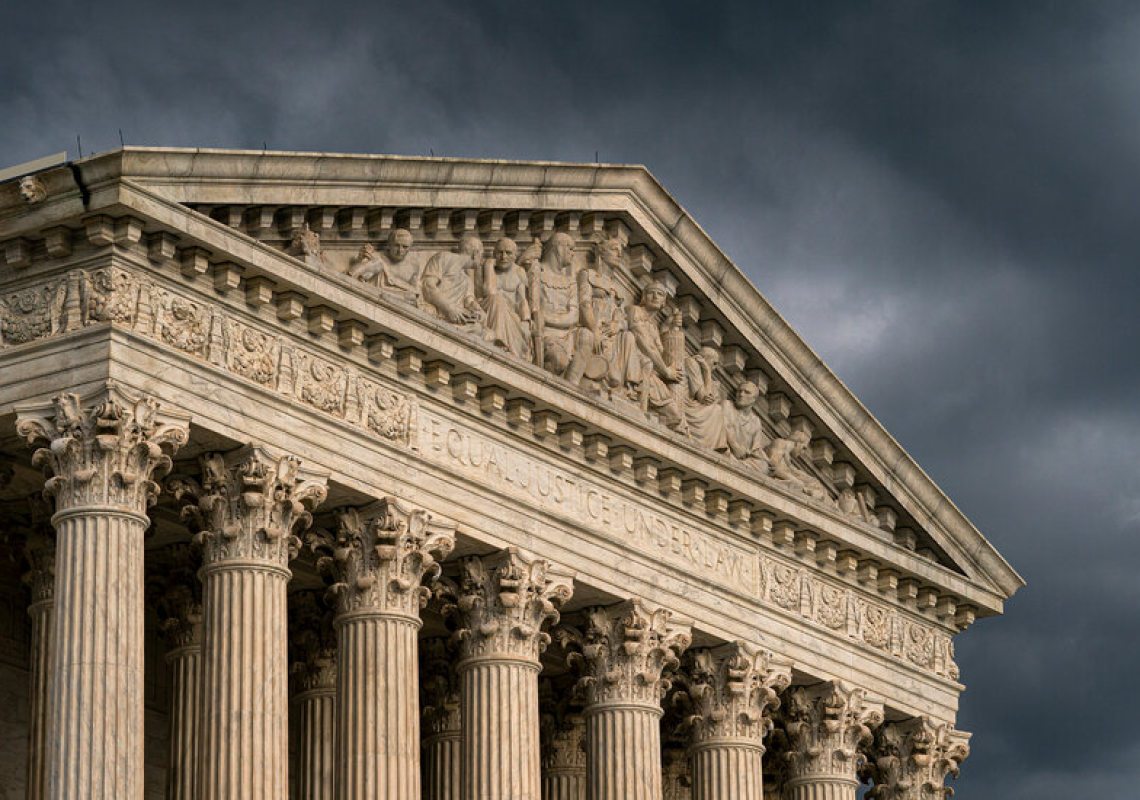Advertisement
Supported by
Jamelle Bouie
Send any friend a story
As a subscriber, you have 10 gift articles to give each month. Anyone can read what you share.
By Jamelle Bouie
Opinion Columnist
The Supreme Court’s recent reliance on the so-called shadow docket to make major rulings — on display, this week, in its decision to let Texas end legal abortion after six weeks, at least for now — throws the problem of judicial power in a representative democracy into sharp relief.
First, some background. The shadow docket refers to emergency orders and decisions made outside of the court’s regular docket of cases, usually without oral arguments. The term was coined six years ago by William Baude, a law professor at the University of Chicago, but the division between regular cases and this more specialized set has been around for decades. All it takes to get on the docket is to appeal to one justice, who then decides whether to forward the matter to the rest of the court.
Many of these orders are minor and procedural, but others deal with high-stakes issues of national concern. In recent years, and especially during the Trump administration, the court has relied on the shadow docket to make consequential decisions on a wide range of issues. Often, the court issues its decisions from the shadow docket without signed opinions or detailed explanations of the kind you would find in an argued case.
In the past five months, the Supreme Court has used the shadow docket to strike down Covid restrictions on group religious activities in private homes, force President Biden to reinstate the Trump-era “remain in Mexico” policy for asylum seekers from Central America and block the extension of an emergency federal ban on evictions, putting countless Americans at risk of homelessness.
The vote on the Texas abortion law came on Wednesday, in the dead of night, when a narrow majority of the court declined to stop Texas from instituting a new ban on abortions past the sixth week of pregnancy, which is often before many women even know they are pregnant. Under the law, Texans can sue anyone who assists in the procurement of an abortion, from the doctor who performed the procedure to the taxi driver who delivered the patient to the clinic to the family member who gave her the cash to go. Successful plaintiffs are eligible for a $10,000 bounty, plus legal fees.
The law is a flagrant violation of Roe v. Wade. But because Texas has deputized private citizens to enforce the ban rather than rely on executive authority — a deliberate choice meant to prevent federal courts from blocking the law — the court has declined to act against the ban, citing the “complex and novel antecedent procedural questions” of the case. For Justice Sonia Sotomayor, this is nonsense. “The court,” she wrote in her dissent, “has rewarded the state’s effort to delay federal review of a plainly unconstitutional statute, enacted in disregard of the court’s precedents, through procedural entanglements of the state’s own creation.”
Abortion rights are a dead letter in Texas, at least temporarily. And Republican lawmakers in other parts of the country now have a clear road map for making the same thing happen in their own states. Republican legislative leaders in Florida, for example, have already said they are working on a similar law.
Another way to put this is that the court has essentially nullified the constitutional rights of millions of American women without so much as an argument. It has shaken the constitutional landscape — refusing to apply the law as it was decided in previous cases — while shielding itself from the scrutiny that might come under normal circumstances. The court has transformed the constitutional status quo under cover of night. This isn’t judicial review as much as it is a raw exercise of judicial power.
It is common enough knowledge that the Supreme Court’s power to shape American society is a function not so much of its formal power under the Constitution as it is of its popular legitimacy. And much of that legitimacy rests on the idea that the court is acting fairly, transparently and in good faith. It rests, as well, on the idea of the court as a partner in governance and a safeguard for the rights of the American people. Or, as Franklin Roosevelt said in a 1937 “fireside chat” on his plan to restructure the Supreme Court in response to the intransigence of conservative justices: “We want a Supreme Court which will do justice under the Constitution and not over it. In our courts we want a government of laws and not of men.”
The court’s abuse of the shadow docket is in that category: actions that threaten to place the rule of men over the rule of law. It’s not that the court is political — that is to be expected — but that its conservative majority is acting in arbitrary, secretive ways, with hardly any justification other than its own power to do so. Antifederalist opponents of the Constitution feared that the judiciary’s expansive power would consume all others: “This power in the judicial will enable them to mould the government into almost any shape they please,” wrote “Brutus” in a January 1788 essay. The majority in the Texas case, three-fifths of it appointed by President Donald Trump, seems intent on proving Brutus’s point. (The Antifederalists, for what it’s worth, often had a point.)
One last thing. In his first Inaugural Address, delivered almost four years to the day after the court’s decision in Dred Scott v. Sanford, Abraham Lincoln warned that “if the policy of the government upon vital questions affecting the whole people is to be irrevocably fixed by decisions of the Supreme Court,” then the people “will have ceased to be their own rulers, having to that extent practically resigned their government into the hands of that eminent tribunal.”
The shadow docket aside, the extent to which political outcomes in America rest on the opaque machinations of a cloistered, nine-member clique is the clearest possible sign that we’ve given too much power to this institution. We can have self-government or we can have rule by judge, but we cannot have both.
The Times is committed to publishing a diversity of letters to the editor. We’d like to hear what you think about this or any of our articles. Here are some tips. And here's our email: letters@nytimes.com.
Follow The New York Times Opinion section on Facebook, Twitter (@NYTopinion) and Instagram.
Advertisement





